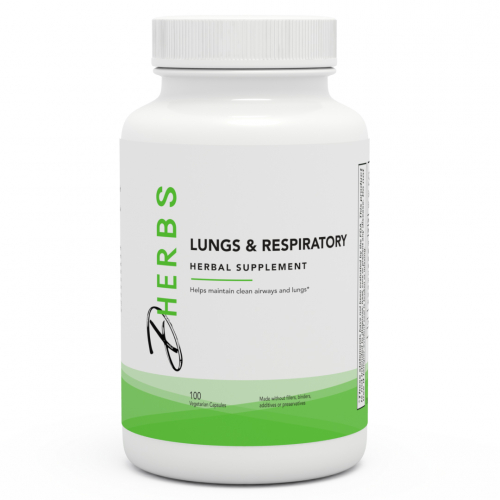The ketogenic diet has gone viral. It is all over social media, in magazines, and people with shredded physiques are saying they reached their dream bodies by sticking to this diet. Is this just another trend diet or does it actually work for people? Can you really lose fat by eating more fat? In case you are wondering what it means to be “keto” or if the benefits seem too good to be true, let us explain what this diet is all about.
What Is The Keto Diet?
The ketogenic diet is a high fat, moderate protein, and extremely low-carb diet that has become popular because people have been able to lose fat quickly. A traditional low-carb diet restricts carbs, but it doesn’t restrict protein. Keto, on the other hand, restricts both and replaces them with lots of healthy fats to help you feel full. When we mean low-carb on keto, we are talking about 30 carbs a day. This translates to roughly 2.5 cups blueberries, 1 apple, 2 medium grapefruit, 20oz kale, 30oz cucumbers, or 3 cups strawberries.
By restricting your carbohydrate intake, you force your body to enter into and remain in ketosis, a metabolic state that makes the body produce ketones for energy. Instead of burning glucose for energy, which is produced in the body upon consuming carbs and sugar, the body burns ketones, which are the result of breaking down fat for energy. When there is excess glucose in the body, it never gets around to burning it. The glucose is stored and gets converted to more fat by insulin, which can cause cravings and overeating. This can trigger heart disease, type 2 diabetes, fatty liver disease, and variety of other health conditions.
People consume more carbs than they could ever need for energy, which typically results in weight gain. The keto diet breaks that cycle and helps turn the body into a fat-burning machine, reversing the way we want to use energy. For beginners, the easiest rule to follow is:
- Healthy fats comprise 70% of the diet
- Moderate protein comprise 25% of the diet
- Good carbs comprise 5% of the diet
On the keto diet, you count your net carbs, meaning that you subtract the fiber grams from the total carb grams to obtain the net number. You also want to focus on real foods that are not processed, fortified, or generated in a lab. Keto works better when you stick to real foods.
Keto Benefits
Because you eat a lot of fats on the keto diet, you will feel full for a lot longer than you normally would. You will ultimately consume fewer calories, your focus will improve, your energy will increase, and you’ll feel like moving your body! A lot of people have noticed clearer skin, balanced blood work, and more restful sleep during the keto diet.
In the end, the ultimate goal is to reach ketosis, which only occurs if the fat ratio is at a level that allows this process to happen. Remember, fat is key, but it is important to eat healthy fats like extra virgin olive oil, coconut oil, flaxseeds, chia seeds, avocados, macadamia nuts, walnuts, organic grass-fed beef, ghee, wild caught salmon, or legumes. Just make sure to keep the ratio of 1:1 when it comes to omega-3s and omega-6s.
There are other forms of the keto diet, depending on what your ultimate goals are. The standard one we detailed before is the most popular for the average person, who is looking to burn fat. Athletes may eat more carbs prior to working out to fuel the body for exercise. Be on the lookout for some ketogenic recipes on our website in the near future!

Vincent Stevens is the senior content writer at Dherbs. As a fitness and health and wellness enthusiast, he enjoys covering a variety of topics, including the latest health, fitness, beauty, and lifestyle trends. His goal is to inform people of different ways they can improve their overall health, which aligns with Dherbs’ core values. He received his bachelor’s degree in creative writing from the University of Redlands, graduating summa cum laude. He lives in Los Angeles, CA.

























